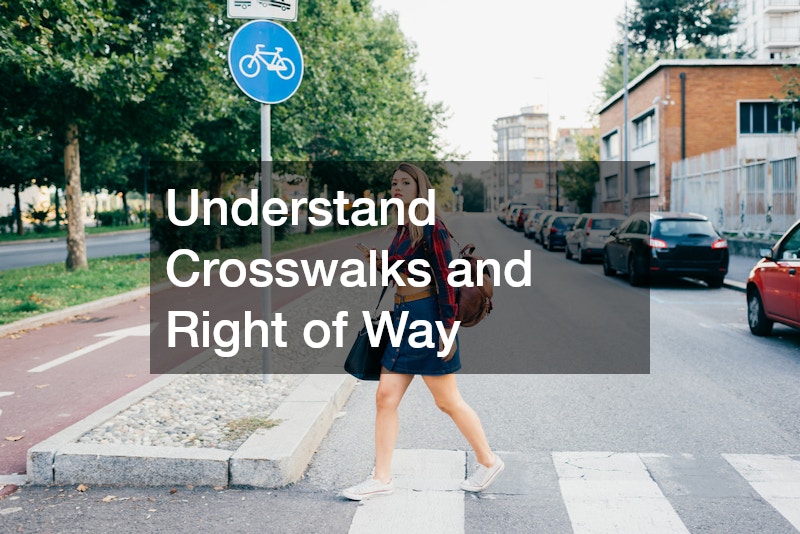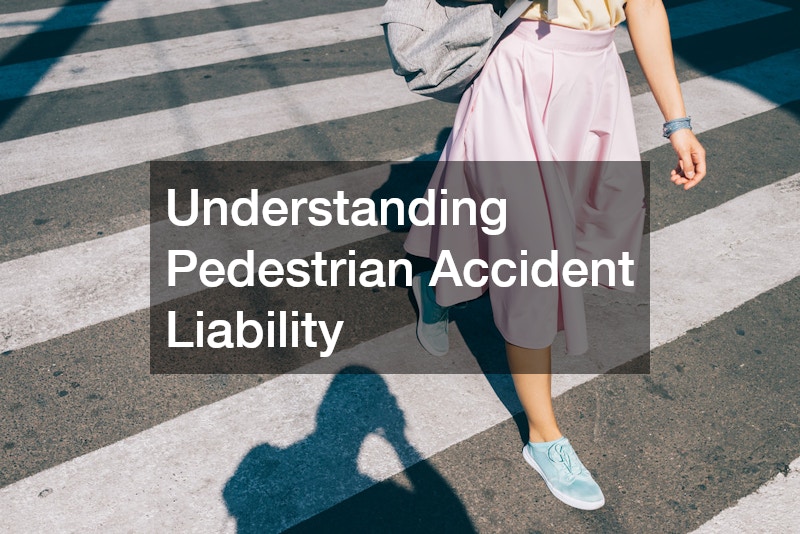Pedestrian accidents are distressing events that can result in severe injuries or even fatalities. Understanding pedestrian accident liability is crucial for victims seeking justice and compensation. Liability refers to the legal responsibility one party has for the harm caused to another, and in the context of pedestrian accidents, it primarily revolves around who was at fault during the incident.
Key Factors Influencing Liability
Several key factors can influence liability in pedestrian accidents:
1. Negligence
Negligence is a primary consideration in determining liability.
It occurs when a driver fails to exercise reasonable care while operating their vehicle. Common negligent behaviors include:
Distracted Driving: Using a mobile phone or engaging in other distractions can divert a driver’s attention from the road, increasing the risk of an accident.
Speeding: Driving over the speed limit reduces a driver’s ability to react quickly to sudden situations, such as a pedestrian crossing the street.
Driving Under the Influence: Alcohol or drug impairment significantly impairs judgment and reaction times, leading to higher accident rates.
2. Crosswalks and Right of Way
The location of the accident plays a crucial role in establishing liability. Pedestrians have the right of way in crosswalks, and drivers are required to yield to them. If a driver fails to stop at a crosswalk, they may be held liable for any injuries sustained by the pedestrian. Conversely, if a pedestrian crosses outside of designated areas or violates traffic signals, they may share some liability for the accident.
3. Weather and Road Conditions
Environmental factors can also impact liability determinations. Poor weather conditions, such as rain, snow, or fog, can create hazardous driving situations. If a driver fails to adjust their driving behavior accordingly, they may be found negligent. Additionally, poorly maintained roads, inadequate signage, or lack of lighting can contribute to pedestrian accidents, potentially holding municipalities liable.
Comparative Fault
Many jurisdictions follow a comparative fault system, which allows for the apportionment of liability among multiple parties involved in an accident. For instance, if a pedestrian is found to be partially at fault for not using a crosswalk, their compensation may be reduced based on their percentage of liability. Understanding how comparative fault works is vital for victims seeking compensation, as it can significantly impact the outcome of their claims.
Legal Recourse
When dealing with pedestrian accident liability, victims should consider consulting a personal injury attorney. Legal professionals can help navigate the complexities of liability, gather necessary evidence, and advocate for fair compensation. They can also assist in understanding local laws and regulations related to pedestrian rights and driver responsibilities.
Watch the video above to learn more and call a liability lawyer in Denver today!.


